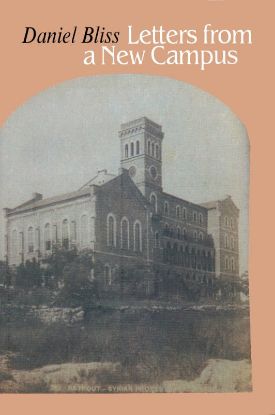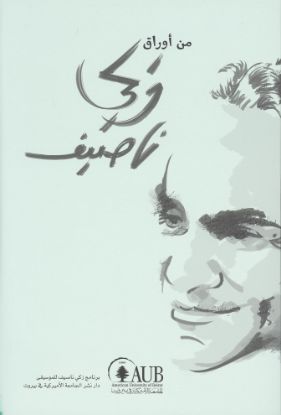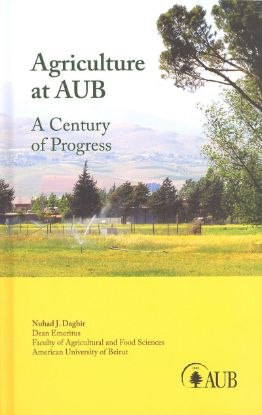Filter by price
Products tagged with 'achievements'
Letters from a New Campus
In May 1873, Mrs. Abby Bliss and her four children left Beirut and returned to Amherst, Massachusetts for reasons of health and the children's education. This book contains letters written to them between 1873 and 1874 by Abby's husband, Daniel Bliss, the first president of the Syrian Protestant College, later the American University of Beirut. Written in diary form just seven years after the founding of the College, the letters reveal the excitement of the almost completed construction of College Hall, the frustrations and achievements of their fourteen months of separation, and fascinating information about daily life and the politics of the time. They show Daniel Bliss as a loving family man missing his wife and children while enthusiastically dedicated to the task of building the College.
$20.00
Al-Tadwin al-Musiqi al-Muʿarab التدوين الموسيقي المُعَّرب
This book is an account of the efforts of Dr. Edwin Lewis, a professor at the Syrian Protestant College (now the American University of Beirut) in the late nineteenth century to modify the system of Western musical notation to fit Arabic music (and more specifically, church music). In this work, Shafik Jeha addresses how musical notation was adapted to correspond with the right-to-left direction of Arabic musical texts, and includes the reactions of some Arab composers to the revised method of notation. How did this new method of music notation appear on the musical scene? How important was it to musicians in the Arab world? How did it spread? What problems did it face? What were the consequences of the new musical notation method? What were its advantages and its disadvantages? Shafik Jeha answers all these questions and many more in this book, which is divided into three parts: the first deals with the emergence of Arabized musical notation, the second addresses the development of this new type of notation, and the last elaborates on its dissemination.
$20.00
Min Awrak Zaki Nassif من أوراق زكي ناصيف
This collection of Zaki Nassif's writings are reproduced from his personal papers, a part of the Zaki Nassif archives, now held in the Special Collections of AUB's Jafet Library.
$30.00
Agriculture at AUB: A Century of Progress
In this informative book, Dean Daghir presents a well-documented history of agricultural education at AUB from the early part of the twentieth century to the current day. This account is preceded by an introductory chapter on the history of agriculture in the Levant, widely considered to be one of the areas where human beings first transformed from hunter-gatherers to farmers. This book is a rich testimony to the contributions of the Faculty of Agricultural and Food Sciences (FAFS) and its graduates toward development in the Middle East region. The book will be of interest not only to former and current FAFS students, faculty, and staff members, but also to all those interested in AUB and its growth over the years.
$32.00




